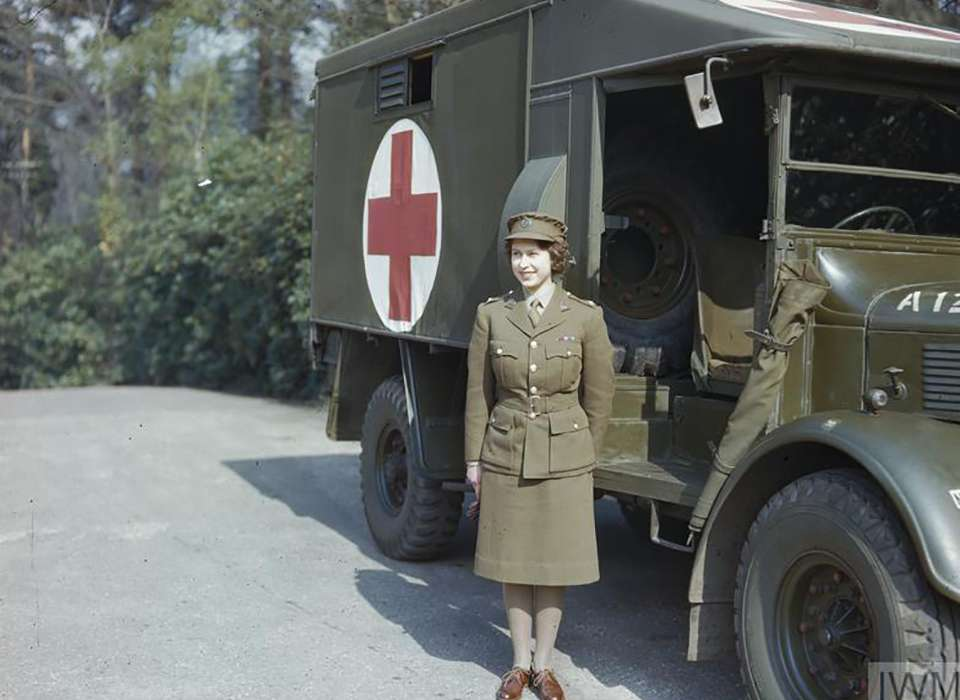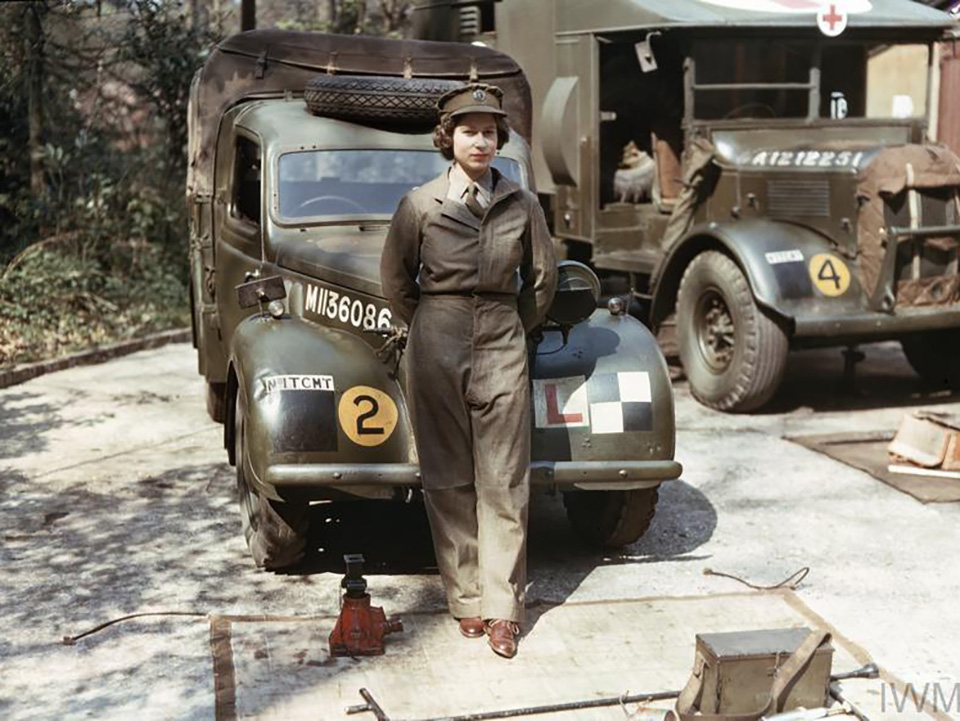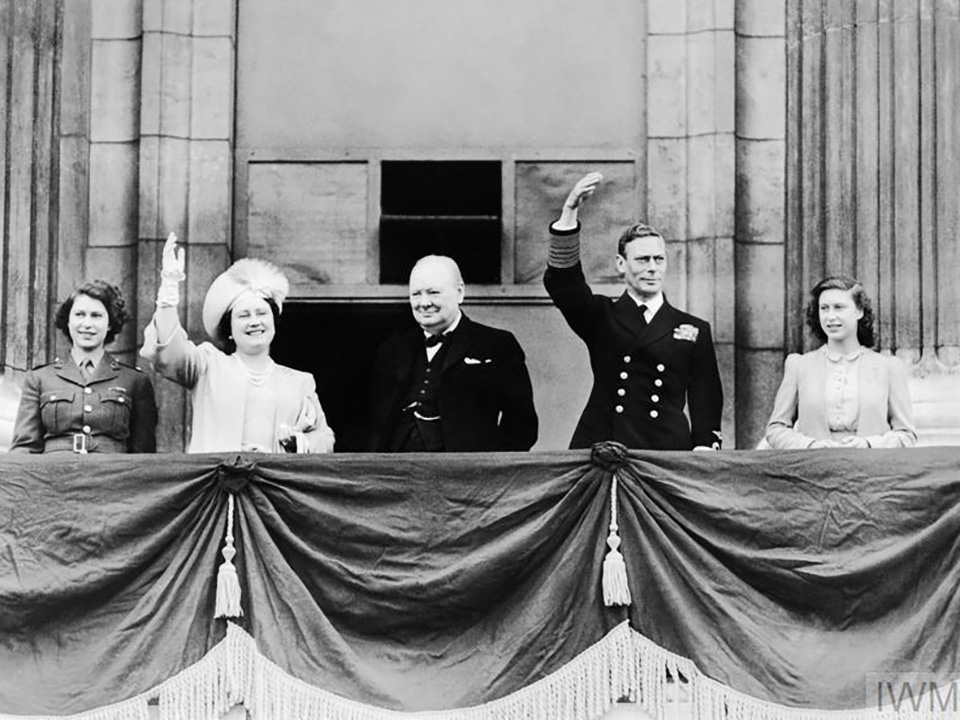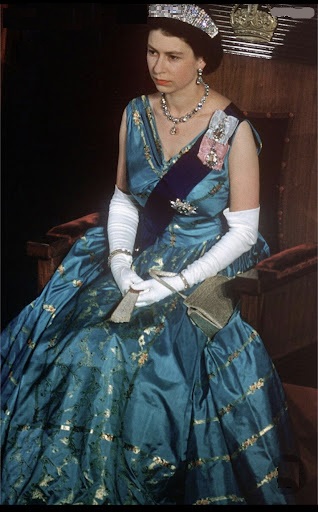In the Spotlight
By Quill🪶 ‘n’ Ink Pot
A Tribute
In the year 1945 Elizabeth Alexandria Mary, Queen Elizabeth II of the United Kingdom and the Commonwealth realms, visited the island then known as Ceylon, now Sri Lanka, with her consort Prince Philip, the Duke of Edinburgh, just five months after her Coronation as Queen Elizabeth II.
Young Ceylonese gentlemen of British background and upbringing as in a British education, institutions of which spread across the island, enlisted in the British armed forces as officers of the British armed forces. The Queen herself, as a young princess having served in the Royal Auxiliary Services.

Young Princess Elizabeth spoke to children over the BBC’s Children’s Hour on October 13th, 1940, to build up morale among those children who had been moved to the safety of small towns and the country. Princess Elizabeth gave her first address to the public from the drawing room of Windsor Castle where her sister Princess Margaret and herself had been evacuated to, while their parents, the Royal Highnesses, King George VI and his wife Queen Elizabeth remained in Buckingham Palace in solidarity with their People.
Princess Elizabeth spoke directly to the children who were evacuated and had been separated from their parents, just like herself and her sister, at the sametime thanking those families in the country, who had welcomed these children to their homes.
As the War progressed, Princess Elizabeth joined other Britons from Windsor Castle in the Dig for Victory Campaign in which people were urged to grow vegetables in every available piece of land to help combat food shortages.
In the morning of her 16th Birthday, Princess Elizabeth undertook her first inspection of the military regiment during a parade at Windsor Castle. She had been bestowed the role of honourary Colonel of the Grenadier Guards.
On turning 18 years of age, in 1944, Princess Elizabeth Insisted upon joining the Auxiliary Territorial Services, (ATS), the women’s branch of the British Army. The King, her father, made sure the Princess not be given special rank in the Army. She entered military service as a Second Subaltern in the ATS joining unmarried women under 30 who joined the armed forces or work on the land. Later, she was promoted to Junior Commander, the equivalent of a Captain.

“Princess Elizabeth began her training as a mechanic in March 1945. She undertook a driving and vehicle maintenance course at Aldershot, qualifying on April 14. Newspapers at the time dubbed her “Princess Auto Mechanic.”” – The National WW2 Museum
Female soldiers at the ATS joined as cooks, telephonists, drivers, postal workers, searchlight operators, and ammunition inspectors. Although women did serve as part of the anti-aircraft units, they were not allowed to fire guns. This was well in keeping with British traditions of women being considered and treated as ladies.
However, the jobs undertaken by women were dangerous, during which time 335 women died in service while many more were injured. There were more than 200,000 members of the ATS by June 1945.
The Queen was astute in the knowledge of engine maintenance and showed her prowess at commandeering a vehicle even into her nineties when she was said to have driven her own car through back streets from Buckingham Palace, known only to the Royal Family, perhaps, on her way to meet Prince Harry who was in Britain for his grandfather’s funeral..
“… she [was] often pictured behind the wheel and has been known to diagnose and repair faulty engines just as she was taught to do during her wartime service in the ATS.” – From The National WW2 Museum
In May of 1945, as the celebrations continued into the night, in the aftermath of the War, the Princess dressed in her ATS uniform slipped into the crowds with her sister, to enjoy the festivities.
“In 1985, the now Queen spoke to the BBC about how she tried to avoid being spotted, “I remember we were terrified of being recognized so I pulled my uniform cap well down over my eyes.” She described the “lines of unknown people linking arms and walking down Whitehall, and all of us were swept along by tides of happiness and relief.”” – From The National WW2 Museum
In all of this we see a Princess and a Queen avoiding the spotlight though she was chosen by destiny for that explicit purpose. The Queen was and continue to be adored and admired by throngs in Britain as well as all over the world.
Might I say here, that Queen Eizabeth II is one of my most favourite of all people ever. Wherever she presented herself with her remarkably poised and pleasantly regal yet kind and beautiful presence, she spread her pleasance to the very last person in attendance.
Her Majesty was Colonel-in-Chief of 16 British Army regiments and corps and many Commonwealth units.
As an ATS member, she was the first female of the Royal Family to join active service as a duty member of the British Armed Forces. The Queen was also the last surviving head of state to have served during the Second World War.

Celebrating V-E Day on the balcony of Buckingham Palace are (L-R), Princess Elizabeth, Queen Elizabeth, Prime Minister Winston Churchill, His Majesty King George VI, and Princess Margaret. Image from the Imperial War Museum collection, MH 21835
I heard this most unusual anecdote being quiped by my family about a group of junior officers of the Royal Ceylon Army who were in charge of organising the Queen’s visit to Ceylon in 1945. They had taken up a challenge as to who amongst them would be the first to sit on the bed that had been occupied by the Queen. I believe this was at Queen’s House in Colombo Fort.
Queen Elizabeth II was at Balmoral Castle, Aberdeenshire, in Scotland, when she passed away on 8th September 2022. Ten days of mourning will be observed from her demise until her funeral on 19th September 2022. She was Duchess of Edinburgh before her accession to the Throne. Operation Unicorn and Operation London Bridge having something to do with this, in the year 2022, possibly ? Prince Philip remained as Duke of Edinburgh up to his demise. These are some of Queen Elizabeth’s ties to Scotland.
Balmoral was Her Majesty’s holiday home and her favourite place to be.
Her Majesty’s final resting place will be at St. Georg’s Chapel in King George VI’s Memorial Chapel at Windsor Castle.
It is noteworthy that upon his Coronation and accession to the Throne, His Royal Highness, His Majesty the King, Charles III inherits the Patrilineality and not the Matrilineality in his investiture as the King of the United Kingdom and 14 other Commonwealth realms.
(Spindle side or the distaff side being kinship, through the mother’s lineage. The male line being the spear side or agnatic kinship)
The House of Windsor to which the present British Royal family belongs hails from the reign of Queen Victoria. King George VI, the Queen’s father, who was born during the reign of Queen Victoria, was named Albert at birth after his great-grandfather Albert, Prince Consort, and was known as “Bertie” to his family and close friends. He was concurrently the last Emperor of India until August 1947, when the British Raj was dissolved.
When his daughter Elizabeth became queen and was asked which name she would be taking, it’s been said that she responded, “My own, of course.” Queen Elizabeth was affectionately known by the pet name of “Lilibet” to her family.
Those were some facts from history for you, my readers.
May Her Majesty Queen Elizabeth II, Rest In Peace 👑💜✝️💐





